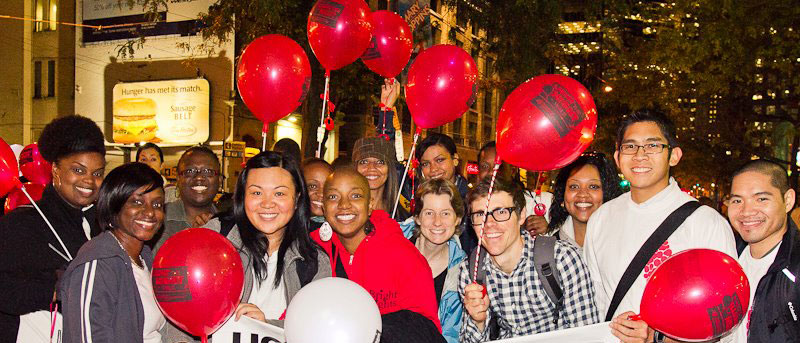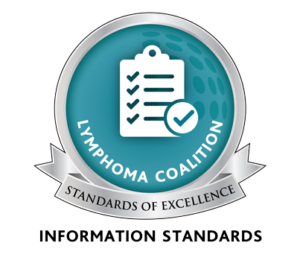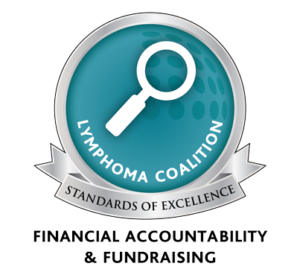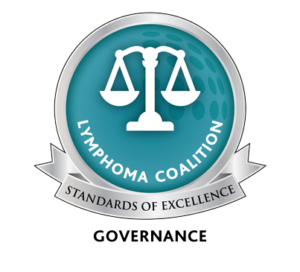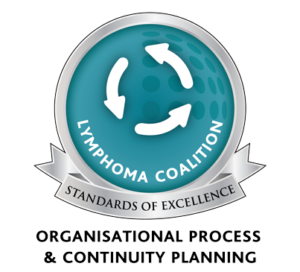Well, the post-chemo rest time is now over, and it’s time for me to start with the next phase of treatment.
By: Robin Harry
Well, the post-chemo rest time is now over, and it’s time for me to start with the next phase of treatment. The break was fun while it lasted – I was just getting comfortable! My radiation planning appointment is tomorrow morning, so I’ve been reading up on what to expect as treatment goes along. At this stage, after all these months of chemo and surprise symptoms, I have a bit of a better idea how to prepare myself. Here’s some of what I’ve learned so far…
Radiation Therapy
Radiation therapy (or radiotherapy) is the use of high energy radiation to kill cancer cells. The radiation damages the DNA of the cancer cells, inhibiting their ability to reproduce. There are different kinds of radiation: external beam radiation delivers radiation to a focused place on the body. Internal placement radiation involves putting a source of radiation at the site of the tumour. Systemic radiation is radiating the entire body. The kind that I’ll be having is external beam radiation. It’s similar to having an X-ray, except with stronger, more narrowly focused radiation. I won’t be radioactive after the session, so there’s no hope of me sneaking a spider in and emerging with awesome web-slinging superpowers…
Radiation Planning
Radiation is not a one-size-fits-all kind of treatment…as with chemotherapy, radiotherapy differs depending mostly on the type of cancer, its location and its size. It is incredibly important that the doctors and technicians figure out where they’re aiming the radiation, what dosage to use, and how long the treatment will be for each patient. Hence the radiation planning appointment. I’ll explain exactly what happens after I have my appointment tomorrow…
Thoracic Radiotherapy
The side-effects of radiotherapy really depend on a few things, including what part of the body is being radiated, and what dose of radiation is being received. Thoracic radiotherapy, what I’ll be having, is especially tricky just because there are so many incredibly sensitive organs in the chest – the heart and large blood vessels, the lungs, thyroid gland, esophagus, trachea, etc. The side effects of radiation therapy are classified as early or late.
Early side-effects are the adverse effects that happen during or just after treatment, but generally resolve after treatment is complete. With thoracic radiation, that includes fatigue and skin irritation. More serious side effects that might occur are things like pneumonitis and tracheaitis, where the lungs and trachea become inflamed, causing coughing and making breathing difficult or painful. Another possibility is esophagitis; the esophagus becomes inflamed and eating becomes torture. So while in chemo I could eat but not taste, with radiation I can taste but might not be able to eat. Well, that’s one way to lose cancer weight!
Late side effects are the things that occur months to years after treatment is over, and they’re usually permanent. The irony of using radiation therapy as a cure for cancer lies in the high probability of dying from a radiation toxicity effect! Thoracic radiation is notorious for causing cardiovascular complications later in life, including coronary artery disease, cardiomyopathy, increased risk of heart attack and stroke. The lungs are the most sensitive organ to radiation; they generally don’t go unscarred, and pulmonary fibrosis is almost a given, though its symptoms depend on the severity. There’s also the risk of secondary cancers caused by radiation (radiation itself is carcinogenic – irony again!).
So there you have it. Radiation might actually be worse for me than chemo was, but I’m just going to play it by ear and see what happens. Radiation planning tomorrow. Onward bound!

